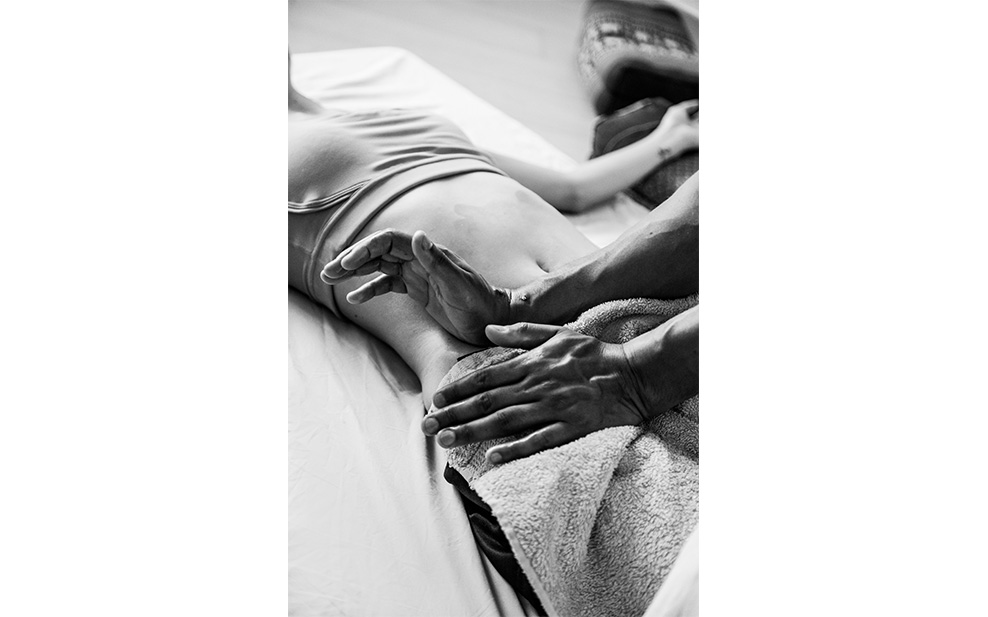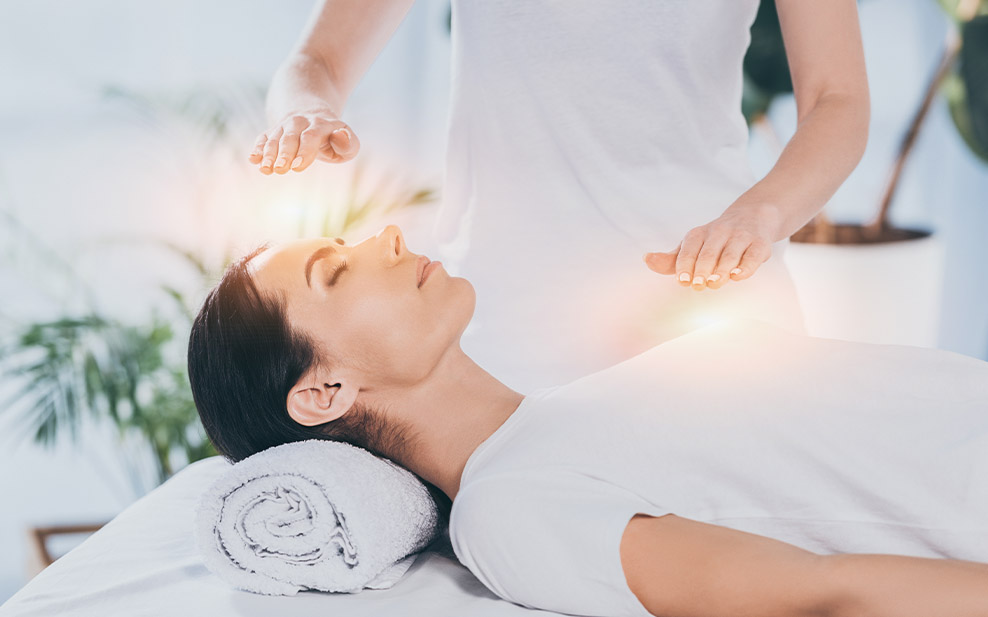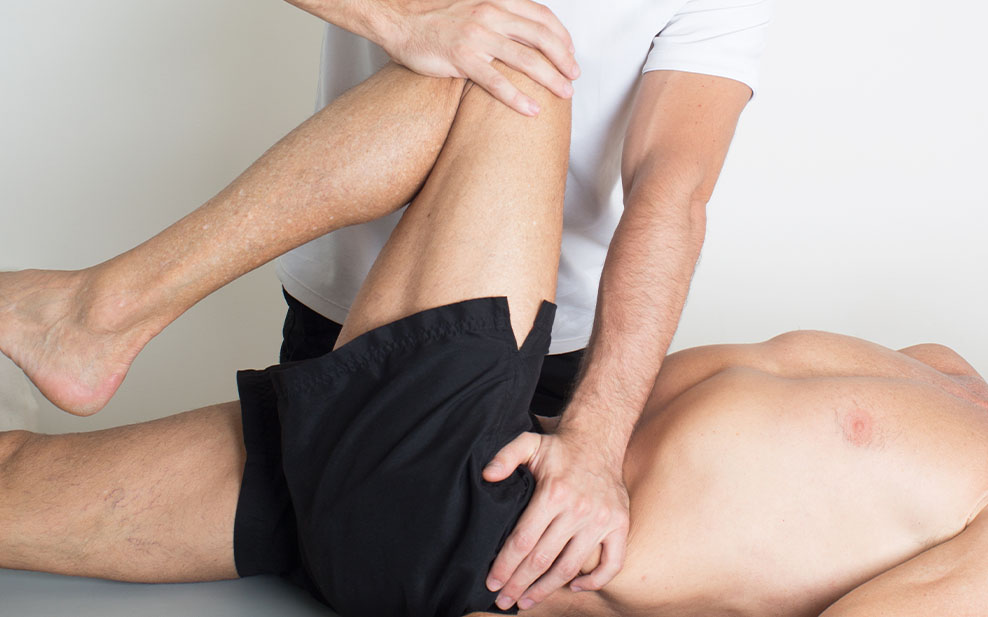
3 of the most underrated therapies that can significantly improve your wellbeing
While in these times, there are more instances of ill health than ever, there are also proportionately many more resources for healing. By resources, I mean the myriad of alternative therapies and modern medicine treatments available. There are a few hundred alternative therapies practiced, and while not all may not be available nor relevant to you, there are enough to confuse, frustrate, paralyse and even deceive the average wellness-seeker.
As a therapist who has received more than 100 different therapies, has healed from some of the most prevalent mental and physical ailments and currently practices both Western and Eastern methods, I will introduce 3 that have tremendously helped in my healing journey.
Why these therapies? Simply because they are widely available in any major city, are highly effective, and without specific knowledge, you can easily determine if the therapist is a good fit for you.
Chi Nei Tsang:

Literally translated as ‘working the energy of the internal organs’ and used by Taoist monks in China hundreds of years ago, it originated as a simple means for them to cure themselves from common sicknesses. Even though their wisdom is drawn from cosmic energies and chi (energies) within the human system, the key to its effectiveness is in addressing both physical and emotional imbalances.
If you experience chronic constipation, diarrhoea, heartburn, loss of appetite, too much appetite, frequent urination, irregular periods, lower back pain, shortness of breath, lack of focus, motivational drive, or life direction, alcoholism, depression or low immunity, then this method is perfect for you. It’s comprehensive!
What is involved?
It involves a specific oil massage done on your belly, between your lower sternum and pubic bone with certain sounds that need uttering. The session should last between 60 to 90 minutes and some discomfort is normal, though excruciating or debilitating pain is not. It is ideally done on a sufficiently soft mat on the floor.
Why was this valuable for me?
In the last 4 years (pre-Covid), I was in Hong Kong for only 6 months a year. All that travelling, physical activity, attending therapy trainings, socialising and eating out reduced my immunity and appetite and gave me digestive problems and fatigue, even when eating at the cleanest vegan restaurants. During this time, I was also in a long distance, (and stressful) relationship, and was fortunate enough to keep revisiting Chiang Mai, Thailand and keep receiving sessions. After every session, I felt emotionally lighter, relaxed and serene. I breathed with ease, my belly was flatter and softer. Lastly, when said long distance partner abruptly left me and I emotionally fell apart, receiving several sessions balanced my emotions, restoring my appetite and overall drive.
What to look for in a therapist?
Signs that they understand both emotional and physical aspects. If it seems they are the ‘no pain, no gain’ kind, immediately walk away.
Reiki:

A Japanese form of energy healing –‘rei’ means universal and ‘ki’ means life. It was developed with the understanding of the body’s energy systems as a self-care practice to support Western medical practices. It is ideal for people with past trauma, depression, insomnia, physical pain, chronic anxiety, stress, heart issues, fatigue, immune and digestive issues.
What is involved?
It is commonly performed with the receiver lying face-up and fully clothed on a therapy bed with the practitioner applying either a light static touch in specific areas of concern, or just hovering their hands over the body. The practitioner’s role is to channel universal energy into the body so that optimal energetic reorganisation happens, and any emotional release can be safely processed. Sometimes singing bowls or crystals are used but the practice was designed to function minimally.
Why was this valuable for me?
I had never felt any interest in it at first. However, in 2020, after crashing my bike into a wall, I needed intense non-medical help. Even though my flesh wounds were deep and my shoulder immobile, I refused pain-killers. After receiving a session per week for 3 months, I could feel increased range of motion in my shoulder, hips, back, and overall less pain and was back on my bike within 2 months. However, after completing my many daily, intensely physical activities, my arms always used to feel exhausted very easily. I couldn’t fully relax them for years, due to unconscious emotional holding I didn’t know I had. After 2 intense sessions, I felt much stronger and more relaxed in my arms and felt significant aspects shift in my daily life.
What to look for in a therapist?
If when interacting in-person, phone or Zoom you feel the sensation of calmness, serenity, peace, and relaxation around them, that’s your body telling you ‘Yes!”.
Rolfing:

Created in the 1920s by a physician named Ida Rolf, Rolfing is a structural integration method that aims to reorganize connective tissues in the body called fascia. Fascia are present throughout the body surrounding our digestive organs, in between muscle groups, and even in the arch of your foot. Fascia is crucial in maintaining optimal body alignment. Since misalignment is the biggest source of physical and emotional discomfort, proper posture allows for movement with ease and determines how effectively these functions are performed. For example, someone standing with their chest open and chin slightly upturned has a very different emotional and physical experience from someone standing with their head buried in their cell phone. Rolfing is perfect for those experiencing chronic physical pain, arthritis, and injuries.
What is involved?
Rolfing involves a 10-step process where during each session, the body is systematically and gently manipulated toward retaining those corrections. These effects may last for months or more because they are done gently, allowing the body and mind to integrate. The work is done with the receiver lying on a massage table using firm, soft or dragging pressure, with or without focused attention.
Why was this valuable for me?
While practicing pole fitness, I dropped from 6 feet up head-first into the floor. My head was slightly deformed, my vertebrae was compressed, and my shoulder in severe pain. I never visited a hospital; however, I needed help. Due to the sudden and heavy trauma, I needed slow, gradual, gentle relief and re-alignment. After 14 sessions and 1 month of Rolfing, I was back in the studio.
What to look for in a therapist?
If you can understand when they explain fascia, how it relates to bodily comfort, alignment, function, and to your specific issue, and you feel ease with them, then book a session. Lastly, even though your end-goal has a flexible timeline, ensure that your therapist is as enthusiastic about your end-date as you are.
The methods above are not the cheapest, but they can be the most effective, easily available and understood forms of therapy. Keep in mind that well-being is not just achieved by swallowing a pill. It is achieved by self-empowerment; understanding, participating and allowing your specific concerns to be heard and addressed are the most fundamental aspects of empowerment.
I wish you all well on your journey to optimal wellness.
About the author: Born from a natural desire to constantly enhance life, once Rahul Kalra’s own was well established, he turned outward toward helping others.
He founded Holistic Bodywork Therapy to embody empowerment, in whatever way serves each individual best.
Rahul is available for customized bodywork therapy sessions aimed at improving physical health from chronic pain, weak immunity, poor digestion in addition to enhancing emotional health from PTSD, chronic stress, post breakup-depression and eating disorders.
Email him at: Rahul@holistic-bodywork-therapy.com
Written exclusively for WELL, Magazine Asia by Rahul Kalra.

Thank you for reading this article from WELL, Magazine Asia. #LifeUnfiltered.
Connect with us on social for daily news, competitions, and more.





